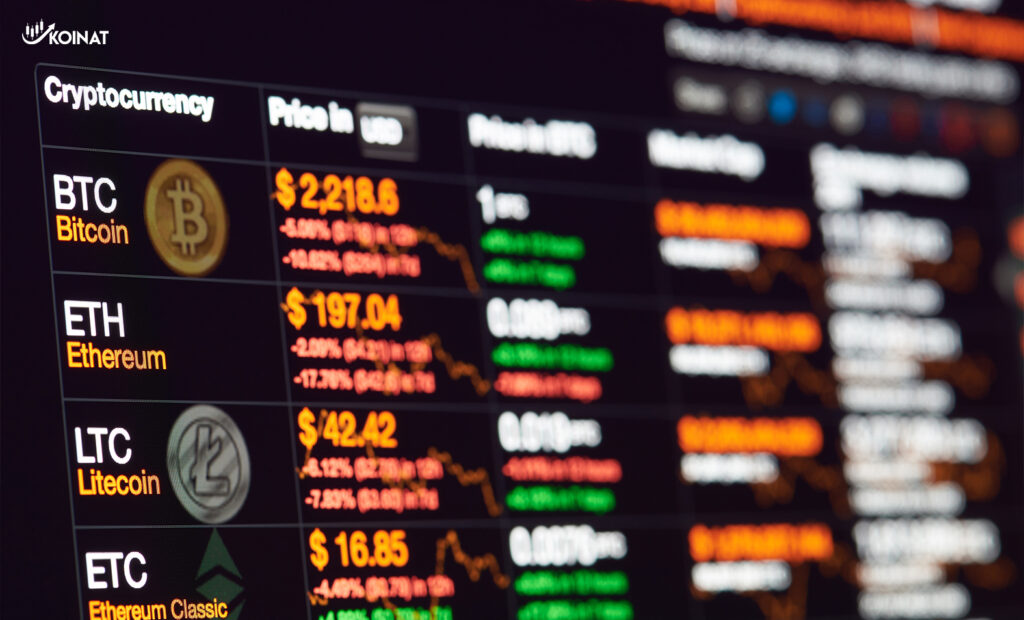
Bitcoin’s back in the headlines, shattering records and pushing the entire crypto market above $2.7 trillion. But unlike the frenzy of 2021, this surge feels… subdued.
Why the change? Forget the “Lambos to the moon” mania and meme-coin madness. This time, it’s all about grown-up stuff:
- The Bitcoin Halving: Coming in April, the number of new bitcoins mined will be cut in half, impacting supply and demand.
- Lower Interest Rates: The prospect of lower rates makes riskier assets, like crypto, more attractive.
- Institutional Investors Pile In: A whopping $50 billion has been traded in bitcoin ETFs this year, with big names like BlackRock leading the charge. Major banks are lining up too, seemingly forgetting the 2008 crisis lessons about risky assets.
These traditional investors aren’t starry-eyed crypto believers. They see bitcoin as a way to diversify their portfolios, not a revolution against the financial system.
Here’s the hypocrisy:
- Bitcoin Was Supposed to be Different: Remember the dream of a decentralized, anti-establishment currency? This surge is fueled by the very institutions it aimed to bypass.
- Crypto Wants the Institutions, Institutions Want the Returns: Crypto enthusiasts are celebrating the embrace of “TradFi” (traditional finance), even though these investors don’t believe in the crypto dream. They just see profit.
The arrival of bitcoin ETFs has blurred the lines between crypto and traditional finance. The embrace by “TradFi” shows two things:
- Crypto Lost its Innocence: The clear boundary between the two worlds is gone. Crypto’s embrace of institutional money undermines its rebellious spirit.
- Traditional Finance Forgot its Lessons: The 2008 crisis seems like a distant memory for banks, as greed takes center stage again.
The world of finance, both traditional and crypto, seems to be playing the same game: chasing profits at any cost.
This information is not legal advice. Do your own research before making any decisions. Only invest what you can afford to lose and seek independent financial advice if needed. Understand the risks involved before purchasing any cryptoasset
